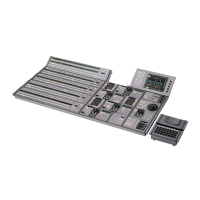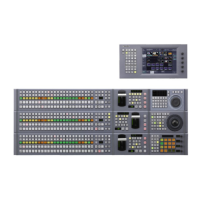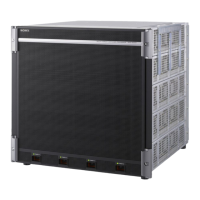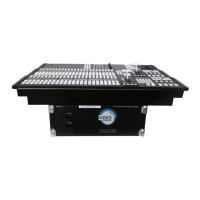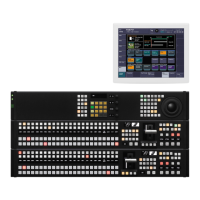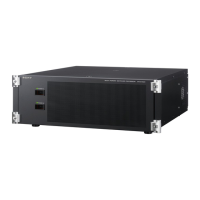Frame Memory
Chapter 7
Overview
Frame memory is a function whereby a frame of input
video can be frozen and written to memory, for further use
as material for editing.
You can also play recorded frame memory clips (movies).
Frame capacity
The frame memory board has two blocks of memory, and
the following table shows the maximum number of images
that can be written to each block. Of the two, one is
reserved for storing frame memory clips.
HD system:
(Without ancillary data)
(With ancillary data)
SD system:
(Without ancillary data)
(With ancillary data)
For details of operating procedures, see “Still Image
Operations” (page 204).
Types of image and terminology used
The following types of image are handled in frame
memory.
Freeze image: An input image that has been frozen, but
not saved to memory.
Still image: A freeze frame that has been saved to memory
as a file. Each file (still file) holds just one still image.
Frame memory clip: A clip consists of a sequence of still
images, which appears as a movie on playback. In this
manual this is also referred to simply as a “clip.” The
files (still files) constituting clips are referred to as a
“clip file.”
When the above distinctions are not being made, an image
is simply referred to as an “image.”
About extended clips
Of the two memory blocks for saving a clip, the clip saved
in the memory block which is not combined with a still
image is called an “extended clip.”
However, when the signal format is 1080P, since both a
still image and a clip are saved in both memory blocks,
there is no extended clip.
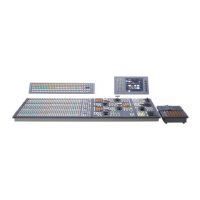
